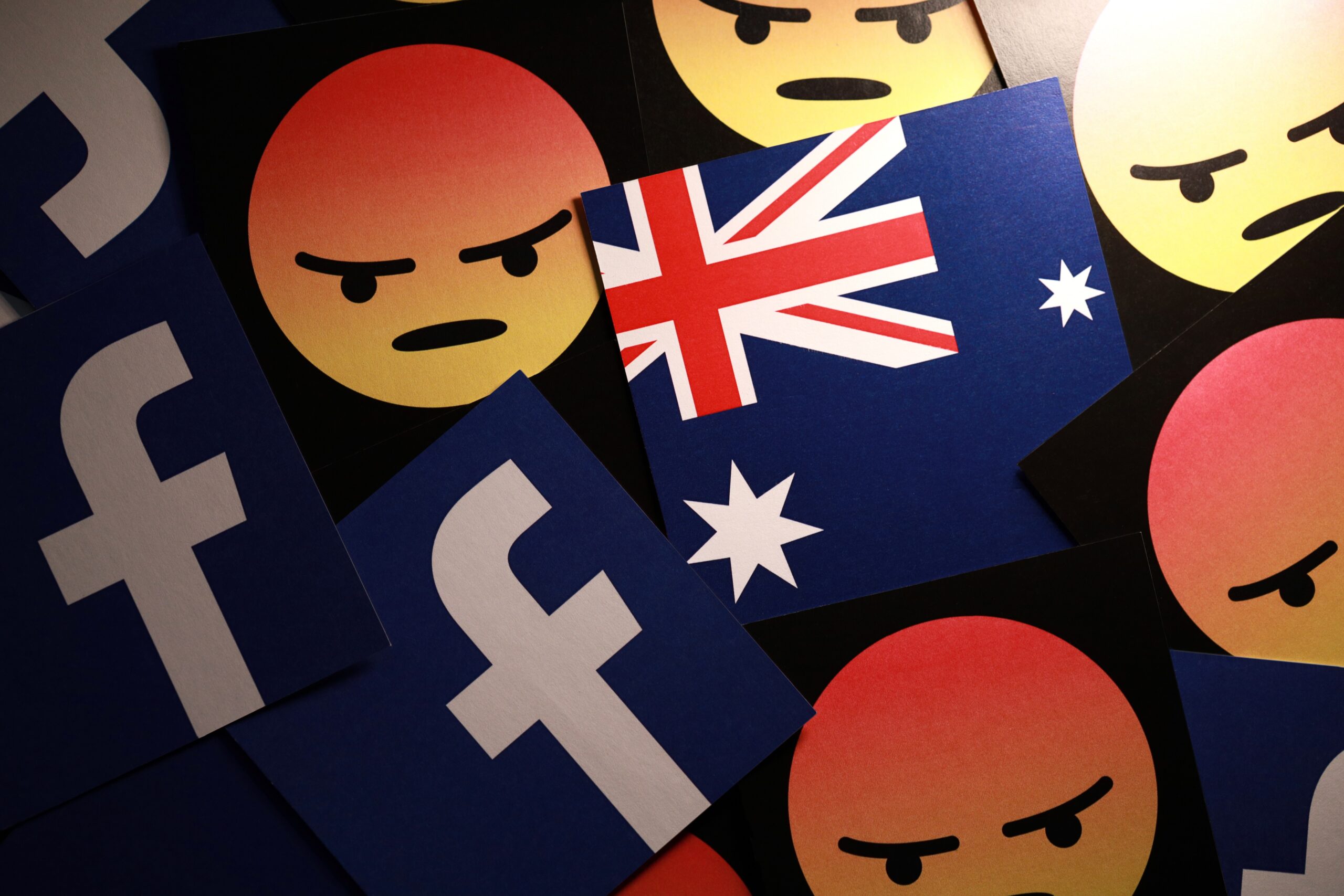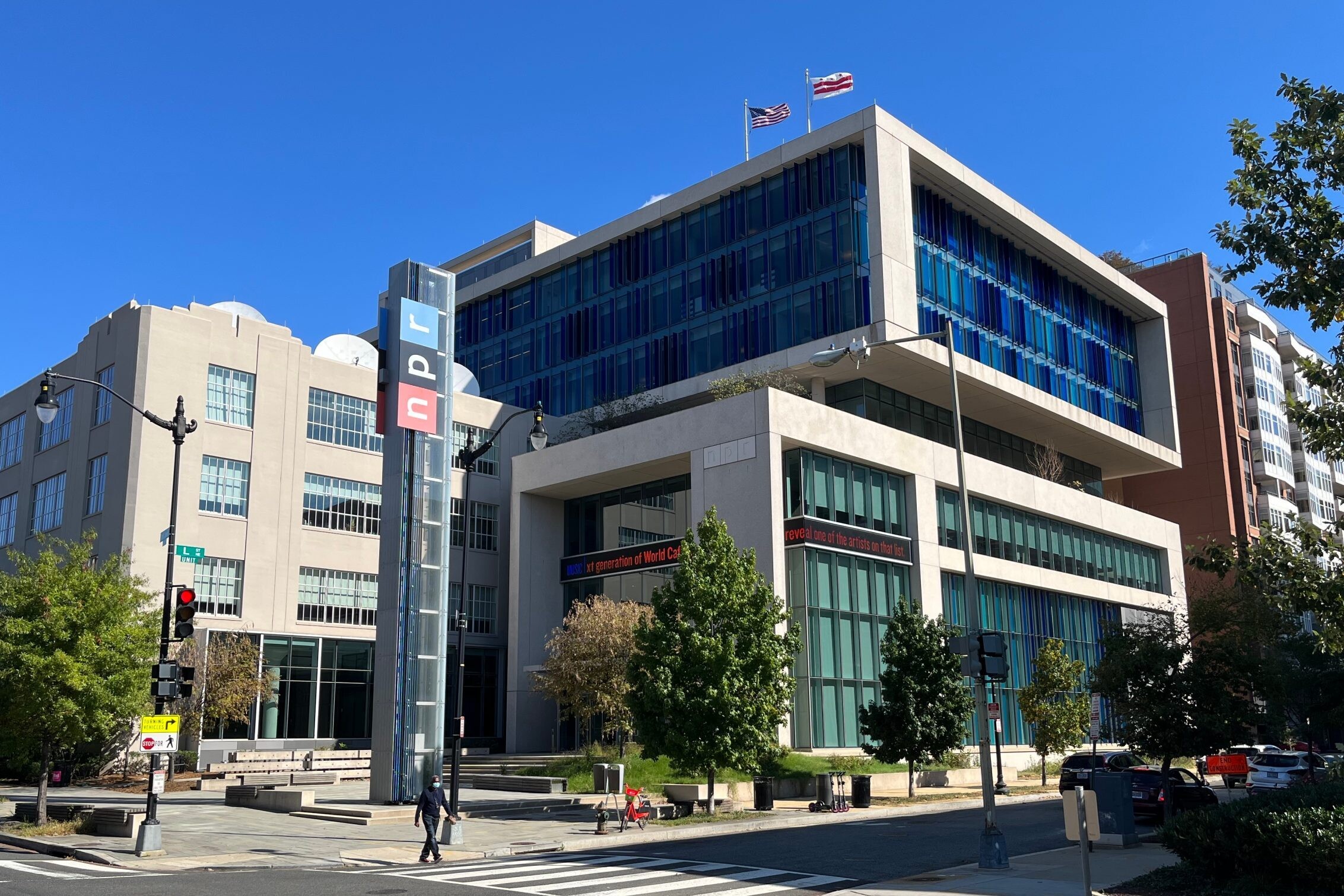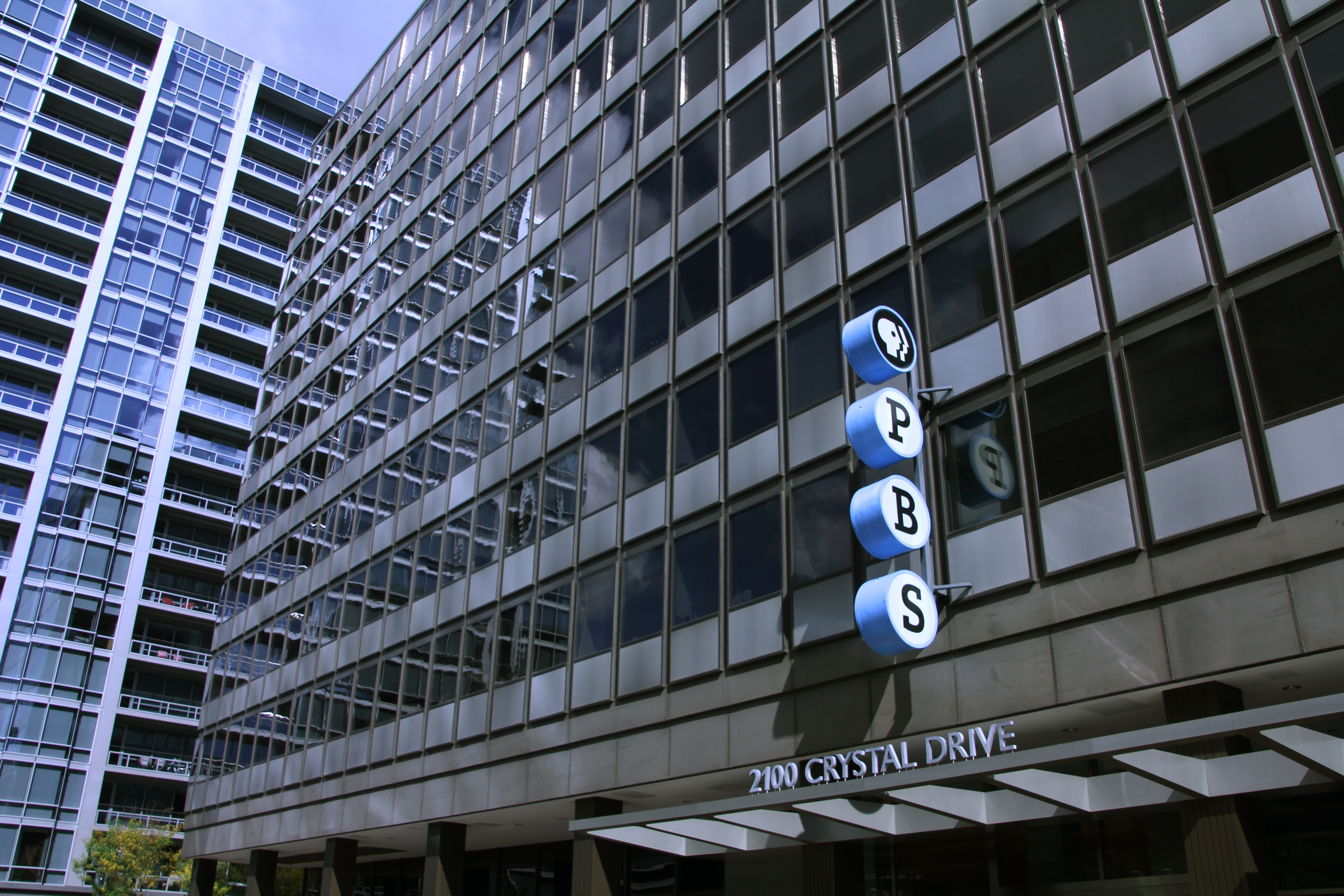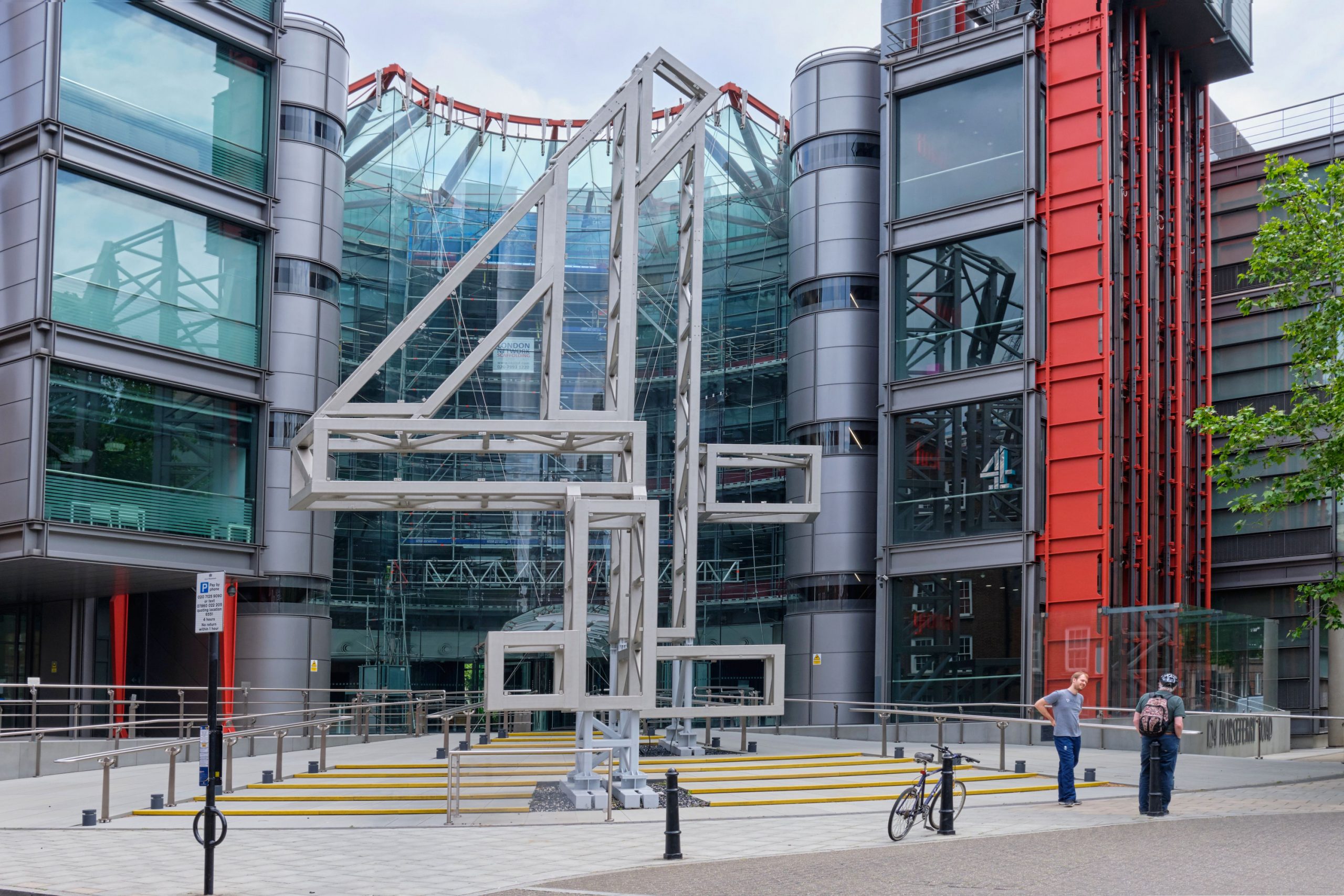RESEARCH INSIGHT
What does a second Trump presidency mean for US public media?
21 November 2024
After a two year period of job cuts and shrinking among the US public media sector, Nik Usher of the University of San Diego argues while public media has found cross-party support in previous times, it could be in for a tough time under the second presidency of Donald Trump.

By Nik Usher, PhD, associate professor in the Department of Communication at the University of San Diego.
Will Donald Trump try to kill public media in the US?
It certainly looks like he’ll try to. He’s zeroed out federal funding to public media in all four of his previous budget proposals. But even when Republicans dominated the House and Senate, funding stayed constant.
Public media withstood a challenge from House Republicans during the Biden administration, who voted to eliminate funding to the Corporation for Public Broadcasting (CPB) for 2026.
This time might be different and the end of US federal funding for public broadcasting might just stick. Donald Trump comes to power with a comprehensive policy agenda – Project 2025 – put together by the conservative Heritage Foundation, and on its list of to-dos is cutting funding to public broadcasting.
Indeed, public broadcasting is much weaker than it’s ever been, both financially and culturally, making any cuts harder to withstand – and resounding support for public radio even more politically-aligned than ever before.
In the US, public media is a scrappy survivor – there have been efforts by Republicans since Nixon to kill it. These are mostly symbolic threats against the system, motivated by a combination of accusations of media bias and conservative principles that would reduce government spending and privatize the news media completely.
Explore previous Research Insights
It’s about trust: Public service media and disinformation
by Minna Horowitz and Marius Dragomir
Switching off: Young audiences, streaming and public service media
by Andrea Esser and Jeanette Steemers
The future of big tech bargaining codes
by Fiona Martin
The reality is that in the US, the news media is almost entirely market-driven, with public media being just a tiny sliver of outlets comprising our overall media landscape. Annually, the federal government only allocates an estimated $1.35 to $1.60 per citizen – a paltry $445 million per year. (The UK, on the other hand, allots about $104 per capita).
Cuts would come at a time when the outlook is particularly poor. NPR, the largest producer of public radio programming, cut 10% of its workforce in 2023. Rounds of downsizing hit other public media stations and networks, such as New York Public Radio, Colorado Public Radio and Washington DC’s WAMU. Job cuts in Chicago were especially disappointing given the groundbreaking merger of the WBEZ station and the Chicago Sun-Times, which in 2022 became a nonprofit company with significant support from the MacArthur Foundation.
Public media has generally survived threats to federal budget cuts by reminding Republicans (and the public) that public media stations are often the only source of local news for many people in rural areas – which are primarily Republican. Were public funding to be cut, some estimates suggest that over 46.1 million people would lose access to this single source of local media content.
Perhaps public media becomes the symbolic olive branch that Republican legislators get to wave given its popularity – keeping public media alive might be an easy way to suggest that otherwise partisan legislators are acting in good faith to be bipartisan.
But, Republicans who supported public media might not be so swayed by the argument that public media is often the only source of local news in many rural communities – especially given the steep declines in trust in news media among Republicans. Only 12 percent of Republicans say they have a great deal or fair amount of trust in the news media, as per Gallup’s October 2024 opinion polling.
While there have been some bipartisan legislative proposals to combat “news deserts” (areas without access to local news), these efforts have tended to be newspaper-focused and have been led by the Senate and representatives from “blue” states in the House.
Republican accusations of liberal media bias also got some important support from an insider in Spring 2024, when NPR editor Uri Berliner took the network to task for prioritizing its culture of championing diversity. In an essay in the Free Press, Berliner wrote “race and identity became paramount in nearly every aspect of the workplace” – that diversity in programming and audience was the network’s “North Star.”
Listen to Nik Usher on our podcast, Media Uncovered
Public media – or radio at least – can’t make as strong of a claim about its importance to the audience when that audience is getting both smaller and older (listeners’ average age is about 48). These audiences are on the decline, and it got even worse during the pandemic, when people were commuting less to work.
NPR provided the Pew Research Center with data showing a 6% decline in average weekly listeners: in 2021, NPR had about 25.1 million weekly listeners but by 2022, that audience dropped to about 23.5 million.
But Republican legislators should keep in mind that Republicans who vote do also like public media and still listen to it. Some marketing data suggests that even if the liberal media bias does exist, Republicans do still listen to public media: estimates suggest that 32.7% of listeners are Republican, while 34.1% are Democrats.
Public media has generally survived threats to federal budget cuts by reminding Republicans (and the public) that public media stations are often the only source of local news for many people in rural areas – which are primarily Republican.
But this split may not be enough to combat the overall sense that public media is at least biased toward elite audiences: I have argued elsewhere, including in my book News for the Rich, White, and Blue: How Place and Power Distort American Journalism, that the NPR audience is indeed over-indexed for wealthy and white (92% of NPR listeners are in top management and have a median household income of $115,000, for example).
So what does this all mean? The tea leaves are hard to predict. A legislative agenda is only an agenda until it becomes reality, and it may be that an emboldened democratic base decides to show up for public radio and make noise. Perhaps public media becomes the symbolic olive branch that Republican legislators get to wave given its popularity – keeping public media alive might be an easy way to suggest that otherwise partisan legislators are acting in good faith to be bipartisan.
The big takeaway for anyone interested in the future of public media in the US is that the federal government is not a reliable source of public funding for news – and tying the fortunes of the free press to the whims of partisan bickering and the American electorate may be even less sustainable than the current commercial model.
About the author

Nik Usher, PhD (they/them) is an associate professor in the Department of Communication at the University of San Diego. Their most recent book is News for the Rich, White, and Blue: How Place and Power Distort American Journalism.
This piece is part of our series of Research Insights, developed in partnership with the International Association of Public Media Researchers.
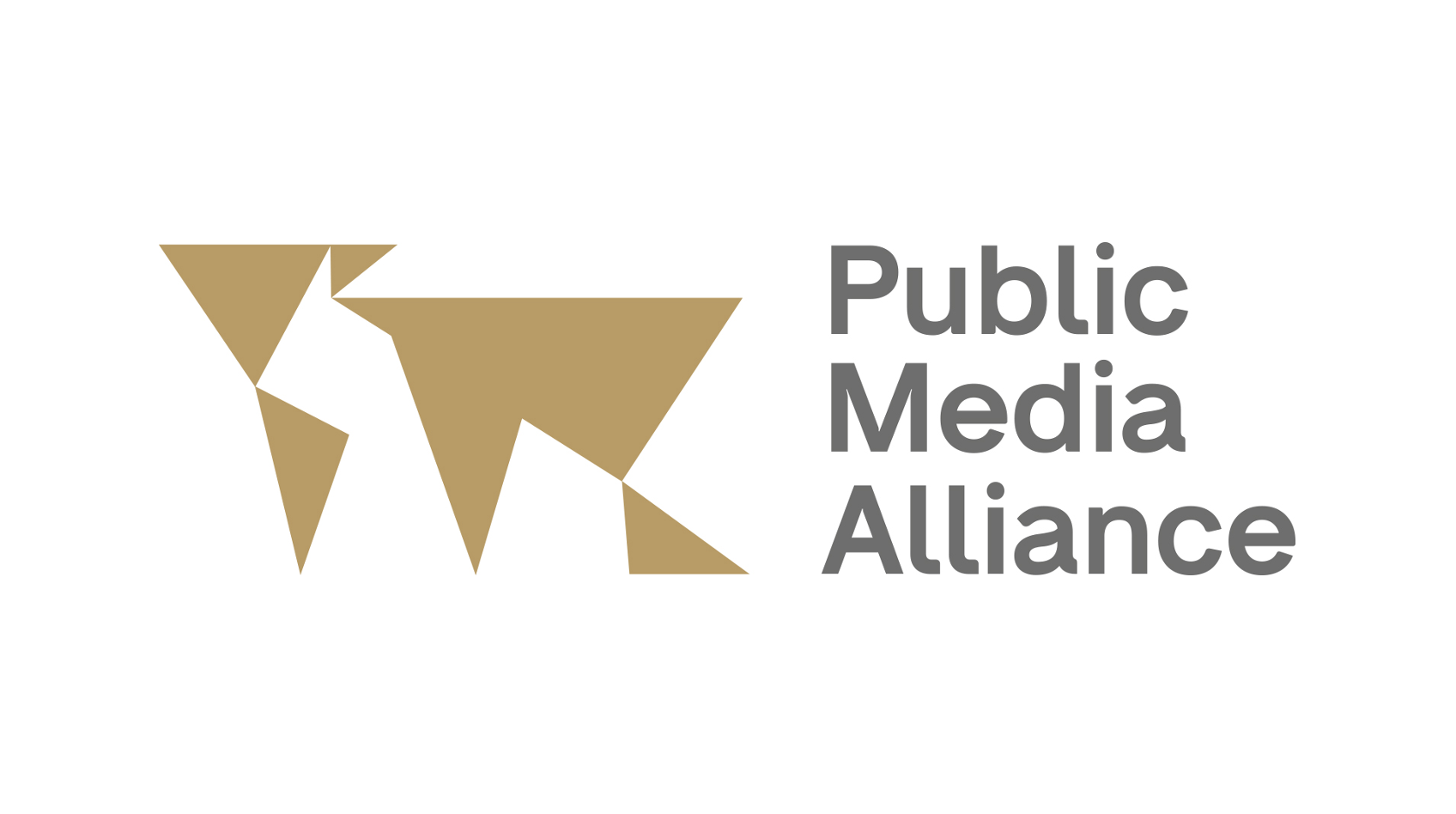
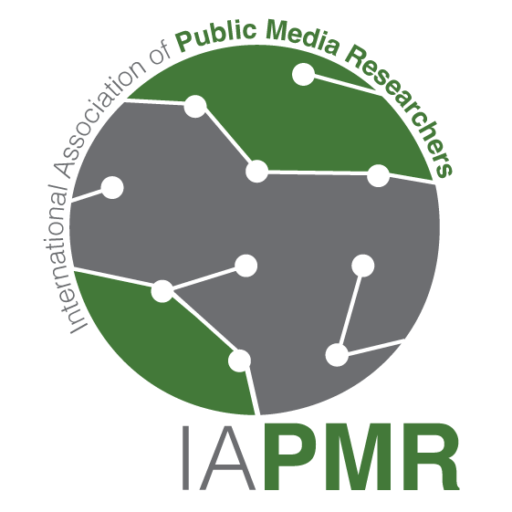
Featured image: USA News concept, microphone news on the map of US. 3D rendering. Credit: AlexLMX / Shutterstock.com
Author image credit: Milena Đorđević
Related Posts
1st May 2024
CPB and PBS Partner Extend Impact of Early Childhood Education Resources and Content
CPB and PBS today announced…
14th February 2024
PBS Kids launches civics content initiative in 2024
PBS is rolling out civics-themed kids…


